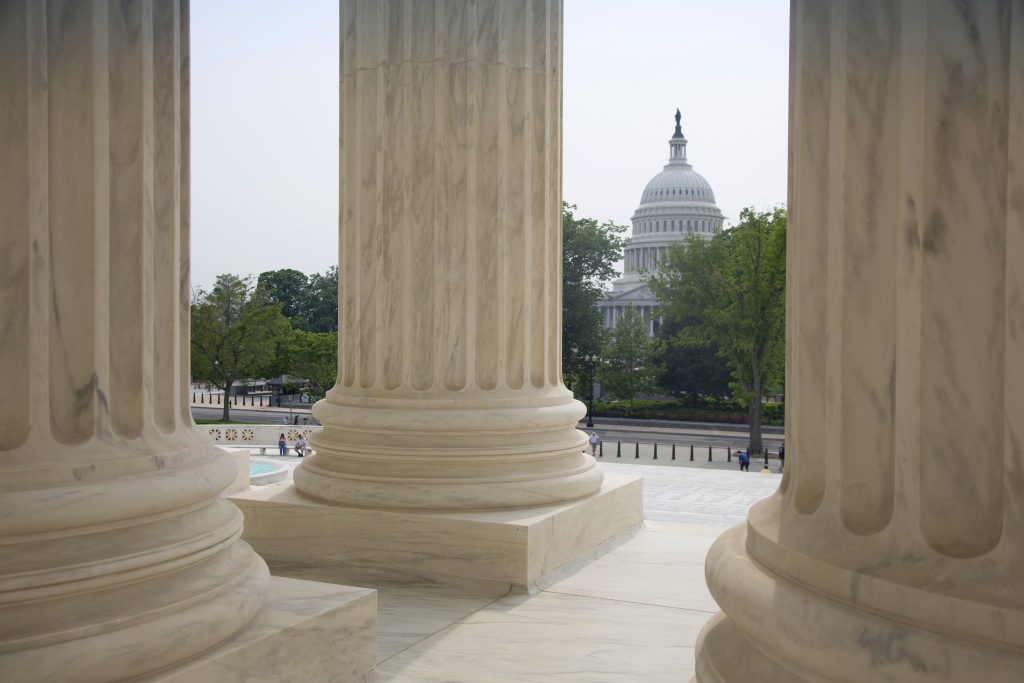By Max Dorfman, Research Writer, Triple-I
Severe convective storm losses drove adverse results in 2023 underwriting profitability for the property/casualty industry, according to the latest projections by actuaries at the Triple-I and Milliman.
The quarterly report, Insurance Economics and Underwriting Projections: A Forward View, which was presented on January 30, at a members-only webinar, found that the overall combined ratio is forecast to be 103.9, with commercial lines at 97.7, outperforming personal lines at 109.9. Combined ratio is a standard measure of underwriting profitability, in which a result below 100 represents a profit and one above 100 represents a loss.
Hard markets continue with 2023 net written premium growth forecast at 9.0 percent.
Dale Porfilio, FCAS, MAAA, Chief Insurance Officer at Triple-I, discussed the overall P&C industry underwriting projections.
“The bad news is that the 2023 Q3 incurred loss ratio for homeowners, commercial auto, and commercial multi-peril exceeded our expectations, as 2023 Q3 incurred loss ratios were above historical averages.” Porfilio said.
Porfilio elaborated on the industry’s bleak homeowners financial results, stating that, “For 2023, the net combined ratio is forecast at 112.3, the worst since 2011.”
Porfilio added that the 2023 net written premium growth rate of 12.4 percent is the highest in over 10 years, reflecting rate increases to offset inflationary loss costs.
“We expect personal auto and homeowners lines to improve in 2024 and 2025, but to remain unprofitable,” Porfilio added.
Jason B. Kurtz, FCAS, MAAA, a Principal and Consulting Actuary at Milliman – a premier global consulting and actuarial firm – said commercial property and workers compensation continue to be profitable, while commercial multi-peril and commercial auto remain troubled.
“Looking at commercial auto, underwriting losses continue, with a projected 2023 net combined ratio of 110.2, the highest since 2017,” said Kurtz. “For 2023 Q3, the incurred loss ratio was the highest in over 15 years, while the 2023 Net Written Premium growth rate of 6 percent is noticeably lower than the prior two years.”
Turning to workers compensation, Kurtz noted that “the 2023 net combined ratio of 88.7 is in line with the five-year average of approximately 89. With anticipated net written premium growth of 2 percent per year from 2023 through 2025, growth will be modest, but the net combined ratio is expected to remain favorable for our forecast horizon.”
Michel Léonard, Ph.D., CBE, Chief Economist and Data Scientist at Triple-I, discussed key macroeconomic trends impacting the property/casualty industry results including inflation, interest rates, and overall economic underlying growth.
“Real (inflation-adjusted) gross domestic product in the third quarter of 2023 accelerated to 4.9 percent, but economists still expect year-over-year growth of 2.1 percent,” said Léonard, noting that for GDP, “revised Q3 numbers did not disappoint, but all eyes remain on Q4.”
Léonard said inflation as measured by the consumer price index (CPI) continues to slow down to 3.1 percent as of November, but CPI, less food and energy prices, is still up 4.0 percent year over year.
“Year-over-year, P&C underlying growth grew 1.3 percent in 2023 and is forecasted by Triple-I to grow 2.6 percent in 2024,” said Léonard. “This is below U.S. GDP growth in 2023 and slightly above U.S. GDP growth in 2024. Year-over-year P&C replacement costs increased by 1.1 percent in 2023 and are forecasted to increase by 2.0 percent in 2024.”
Donna Glenn, FCAS, MAAA, Chief Actuary at the National Council on Compensation Insurance (NCCI), identified rate adequacy and medical inflation as two of the workers compensation line’s top concerns.
“We’ve seen loss costs decline for 10 consecutive years,” Glenn said. She credits a “strong labor market and overall economy” resulting in “payroll increases outpacing loss cost declines.”
Glenn added that the “NCCI continues to analyze the data with healthy skepticism to identify changes in trends.”














